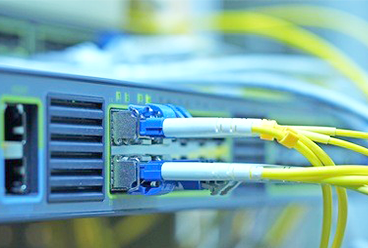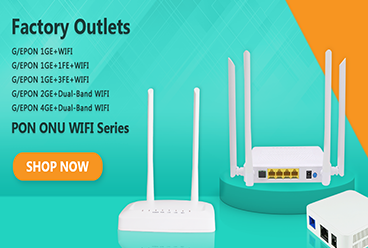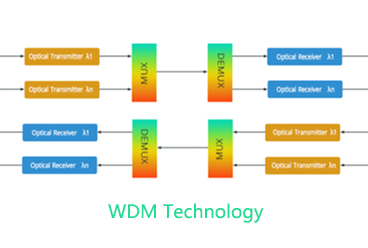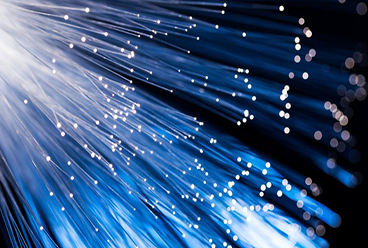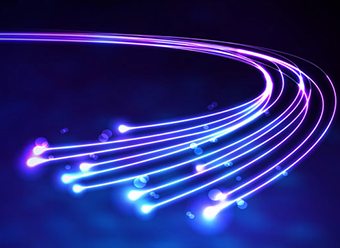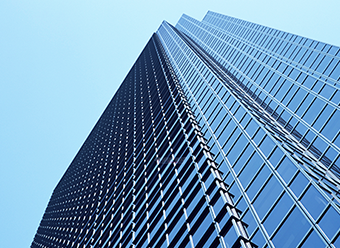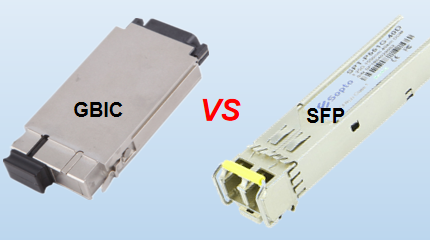Local Area Network (LAN) cables play a vital role in ensuring stable, fast, and secure data transmission. With the rise of smart offices, data centers, and FTTH (Fiber to the Home) applications, choosing the right LAN cables is critical to meeting network performance needs. Differences between common LAN cable categories and their key specifications.
Common LAN Cable Categories
The most widely used LAN cables are classified according to their performance levels, including data rate, bandwidth, and shielding.
Cat5e (Category 5e) : This is a common LAN cable type suitable for Ethernet networks with transmission rates up to 1 Gbps.
Cat6 (Category 6) : Higher performance than Cat5e, supports higher transmission rates and lower crosstalk, suitable for handling requirements such as large-capacity data transmission and video streaming.
Cat6a (Category 6a) : Improved on the basis of Cat6, supports higher frequencies and higher transmission rates, suitable for networks with 10 Gbps Ethernet and above.
Cat7 (Category 7) : Provides higher performance and anti-interference capabilities, supports higher frequencies and transmission rates, suitable for data centers and environments requiring strict anti-interference.
Cat8 (Category 8) : The latest LAN cable standard, supports higher transmission rates and larger bandwidths, and is usually used to support networks with 40 Gbps or higher rates.
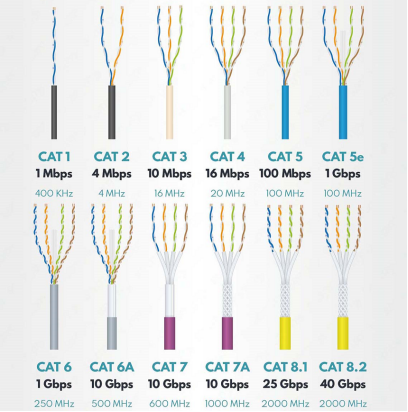
Category | Max Speed | Max Bandwidth | Shielding | Max Distance | Application Scenario |
Cat5e | 1 Gbps | 100 MHz | UTP | 100 meters | Home and Small Office Networking |
Cat6 | 1 Gbps (100 m) 10 Gbps (55 m) | 250 MHz | UTP/FTP | 100 meters | Business Network and HD Video Transmission |
Cat6a | 10 Gbps | 500 MHz | U/FTP or F/UTP | 100 meters | Enterprise network, high-speed transmission |
Cat7 | 10 Gbps | 600 MHz | S/FTP | 100 meters | Data centers that require high anti-interference |
Cat8 | 25~40 Gbps | 2000 MHz | S/FTP | 30 meters | High-speed applications such as data centers and server interconnection |
Main Technical Specifications
1. Data Rate
The maximum data rate that a LAN cable can support is determined by its internal structure and manufacturing standards. For example, Cat5e supports up to 1 Gbps, while Cat8 supports up to 40 Gbps.
2. Bandwidth
Higher bandwidth allows for faster and more reliable data communication. Cat8 cables, for instance, support up to 2000 MHz.
3. Maximum Transmission Distance
Under standard conditions, cables in the Cat5e to Cat6a categories support a maximum transmission distance of 100 meters (90 meters of solid line + 10 meters of jumper); while Cat8 has a maximum length of 30 meters due to its higher operating frequency, which is suitable for short-distance high-speed interconnection in data centers.
4. Shielding
The anti-interference ability of a cable is closely related to its shielding structure. Common shielding methods include:
UTP (unshielded twisted pair): common in Cat5e and Cat6
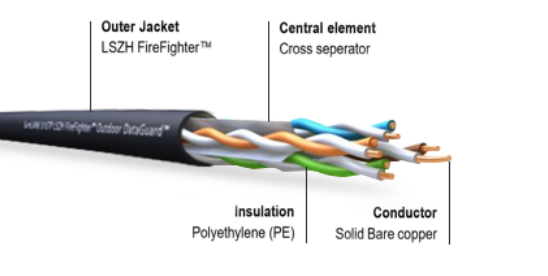
FTP (overall shielding): improves anti-interference ability
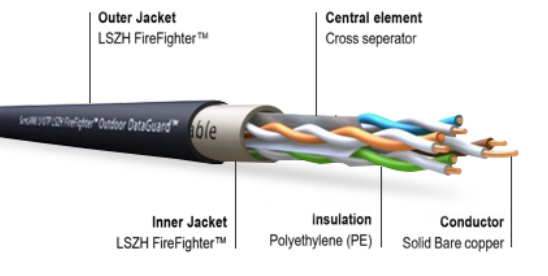
S/FTP (shielding per pair + total shielding): used for high-end applications such as Cat7 and Cat8
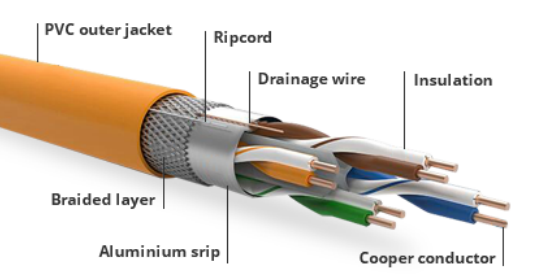
5. Impedance
The impedance of standard LAN cables is generally 100 ±15 ohms to ensure stable transmission of network signals.
6. Flame Rating
Depending on the installation environment, cables with different flame retardant ratings need to be selected:
PVC (polyvinyl chloride) : general use, basically flame retardant
LSZH (low smoke zero halogen) : releases less toxic smoke, suitable for closed or crowded areas
Plenum / Riser Rated : applicable to the fire protection requirements for floor wiring/vertical wiring in the US standard
7. Conductor Size
The commonly used wire diameter is 23 AWG to 26 AWG. The smaller the value, the thicker the wire core and the stronger the signal transmission capability.
8. Standard certification
TIA/EIA-568 (American Communications Industry Association standard)
ISO/IEC 11801 (International general wiring standard)
RoHS, CE, UL and other environmental and safety certifications
How to choose the right LAN cable?
● Home/small office: Cat5e or Cat6 is recommended.
● Medium and large enterprise networks: Cat6a is recommended, taking into account performance and wiring flexibility.
● High-density data centers: Cat7 or Cat8 is recommended to meet high-speed and high anti-interference requirements.
If you need to customize LAN cable solutions according to actual scenarios, Sopto Technology provides a full range of Cat5e~Cat8 high-quality network cable products and supports OEM/ODM services. If you need selection advice or quotation support, please contact our professional team.
Inquiry Email: [email protected], Whatsapp: https://wa.me/+8618688759008/
Tags : LAN cable, Cat5e, Cat6, Cat6a, Cat7, Cat8, UTP cable
— END —




